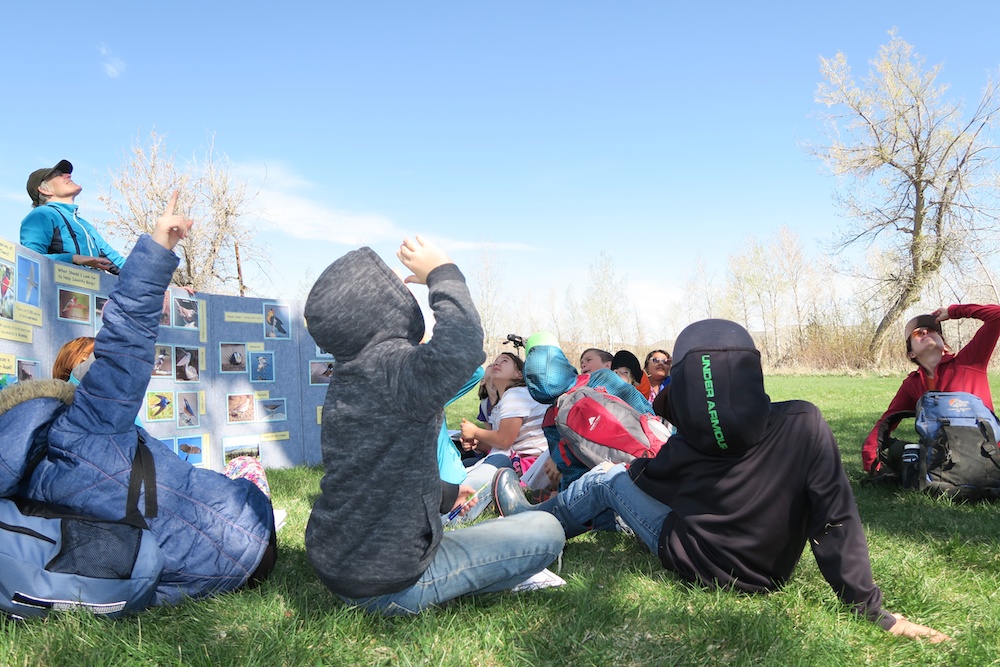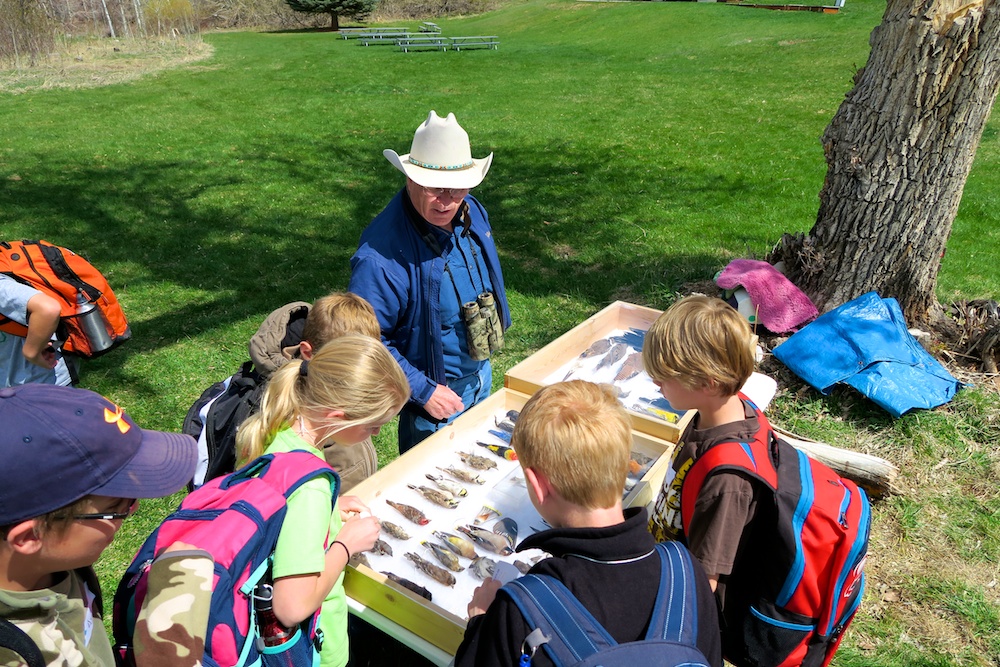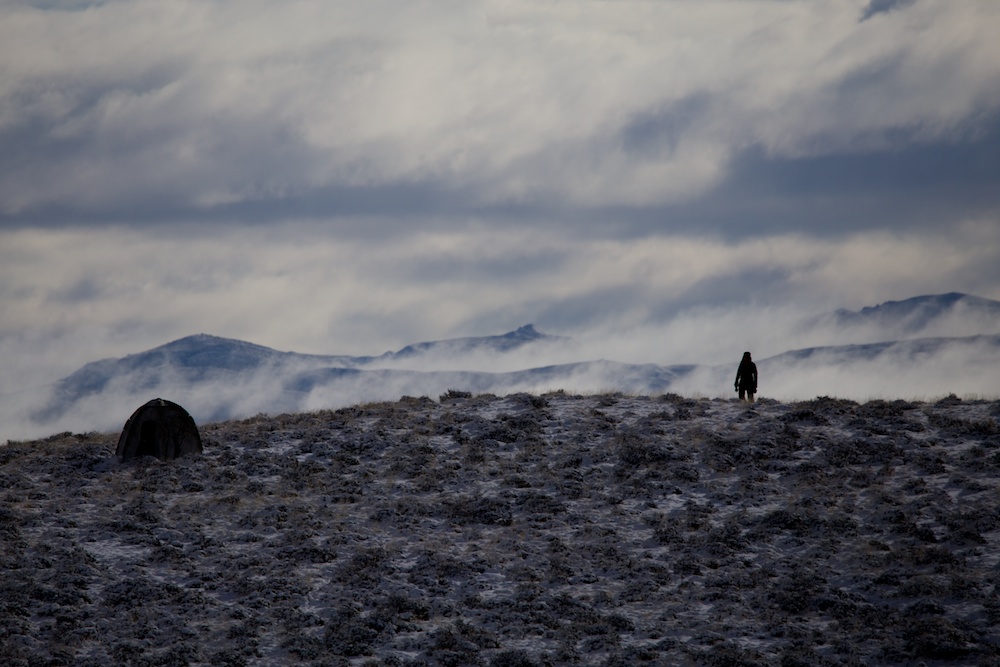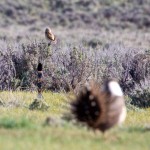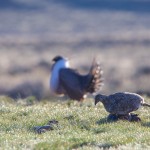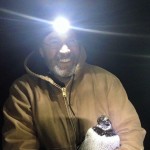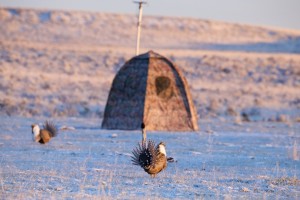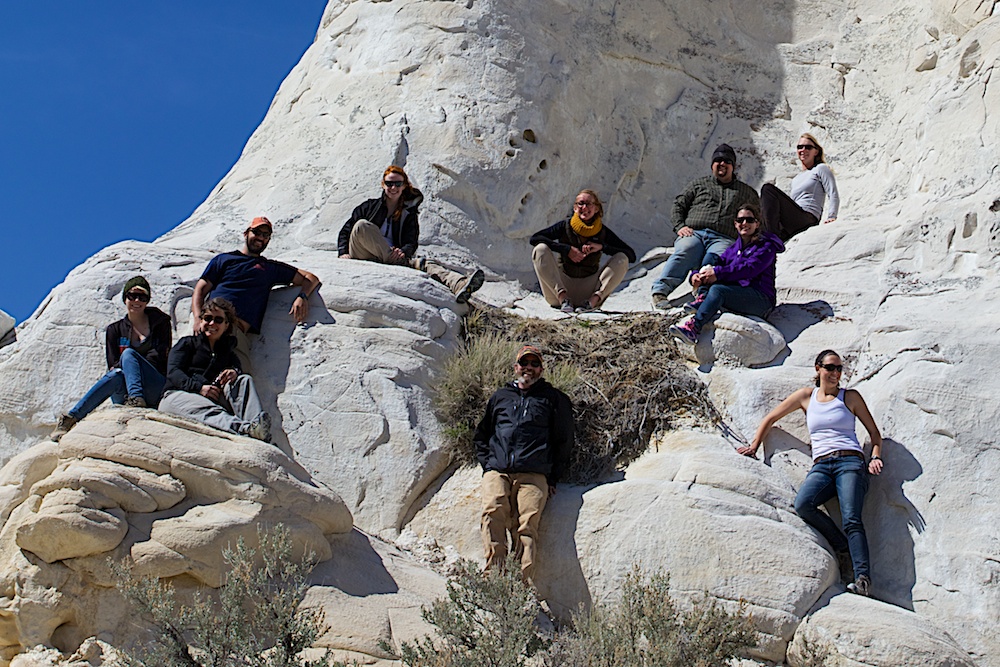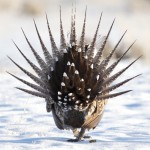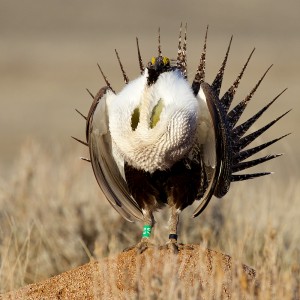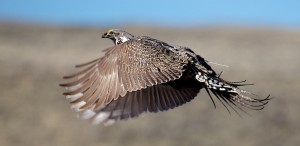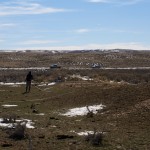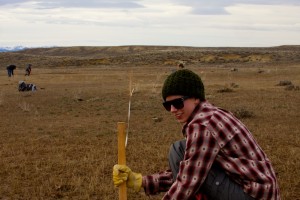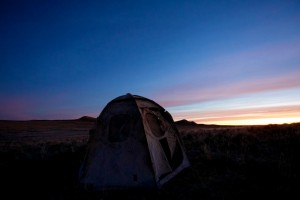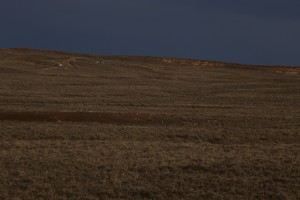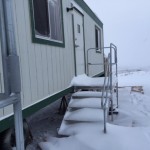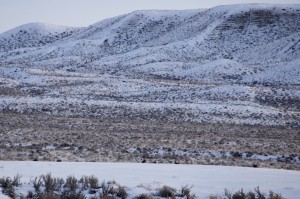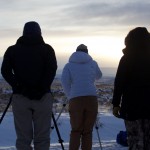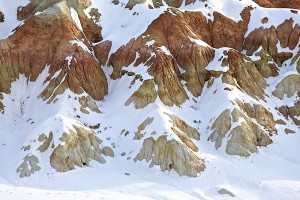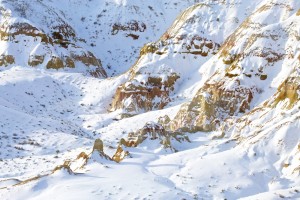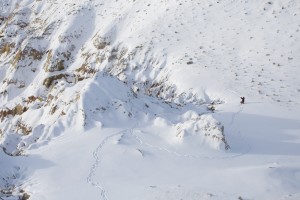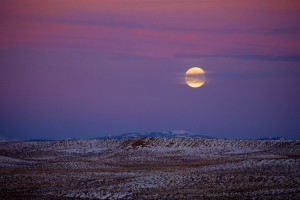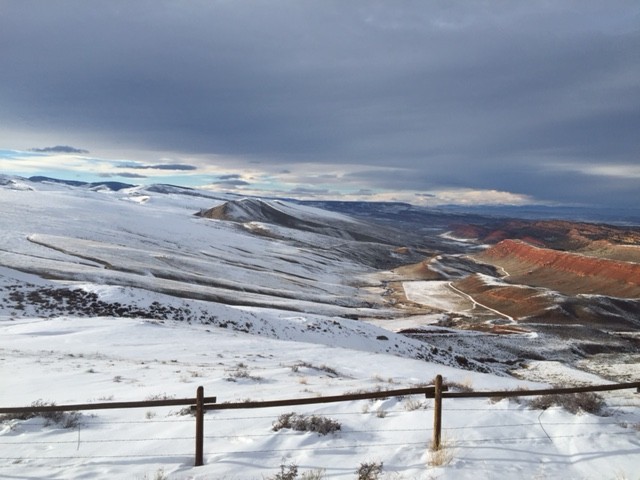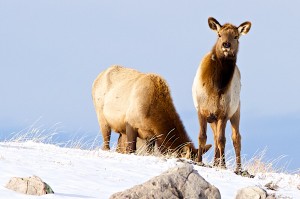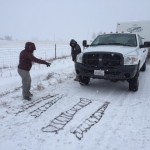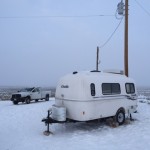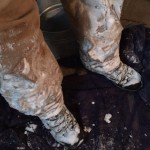With the 7 days a week we spent catching/watching/following sage-grouse, it is amazing we had any time for anything else. We did manage a few outreach events. Here’s a quick recounting:
Gail participated in a press junket in Pinedale sponsored by Fish and Wildlife. This resulted in a lot of interviews and articles mentioning the fembot and our work, including this LiveScience piece. Another humorous bit of press: having our robot held up as Wyoming’s symbol of Earth Day in the Parade Magazine Sunday newspaper supplement. Never mind Yellowstone, Grand Teton, wolves, bison, grizzlies, or even a live sage-grouse, somehow a robot grouse made by a California lab best represents Earth Day in Wyoming! We had to laugh at that.
We also helped with a number of local events. Gail brought the robots down for a weekend Ag fair in Lander, and also a sort of project summary for the BLM biologists at the field office in Lander. I took part in a 4th grade Outdoor Education event in Sinks Canyon. This was a station dedicated to introducing bird ID and bird watching skills, sponsored by Red Desert Audubon Society.
Practically on our way out of town back to California, I gave a popular talk sponsored by Red Desert Audubon. Even though it was Friday evening, we still got over 40 people there! It was really nice for us to finally get a chance to talk about what we’ve been doing in the Lander area for the past 10 years. The Red Desert folks were thrilled as well– they are a smaller chapter and don’t often get to organize events like this. Hopefully not the last time we’ll be able to plan something with the local birding and conservation community.
Although it aired since we returned, we had some hand in The Sagebrush Sea outreach (as well as a little bit with the production). We helped find a venue for a local screening event, and Gail even filmed some Q&A for Wyoming Public Media. This film, which aired this week on PBS Nature, was produced by staff the Cornell Laboratory of Ornithology, including our collaborator (and first person ever to make a sage-grouse recording array), Marc Danztker. If you haven’t seen it yet, it is now available online from the PBS Nature website.
http://www.pbs.org/wnet/nature/sagebrush-sea-full-episode/12341/
Another highlight of the season was getting to meet well-known photographer and conservationist Noppadol Paothong. Nop recently published the book “Save the Last Dance” on the plight and wonderment of North American prairie grouse (sage-grouse, prairie-chickens, etc). This book is a beautiful passion project and won and independent book award. Nop is now working on a new book focused entirely on sage-grouse, and wanted to check out our research. Who knows, maybe you’ll get to see one of the fembots in a book soon!?
I may think of some other highlights worth posting, but otherwise, stay tuned for summer updates. On tap for the next few months will be revisions, writing, analysis, and getting ready for a couple of presentations at the International Grouse Symposium in Iceland!

